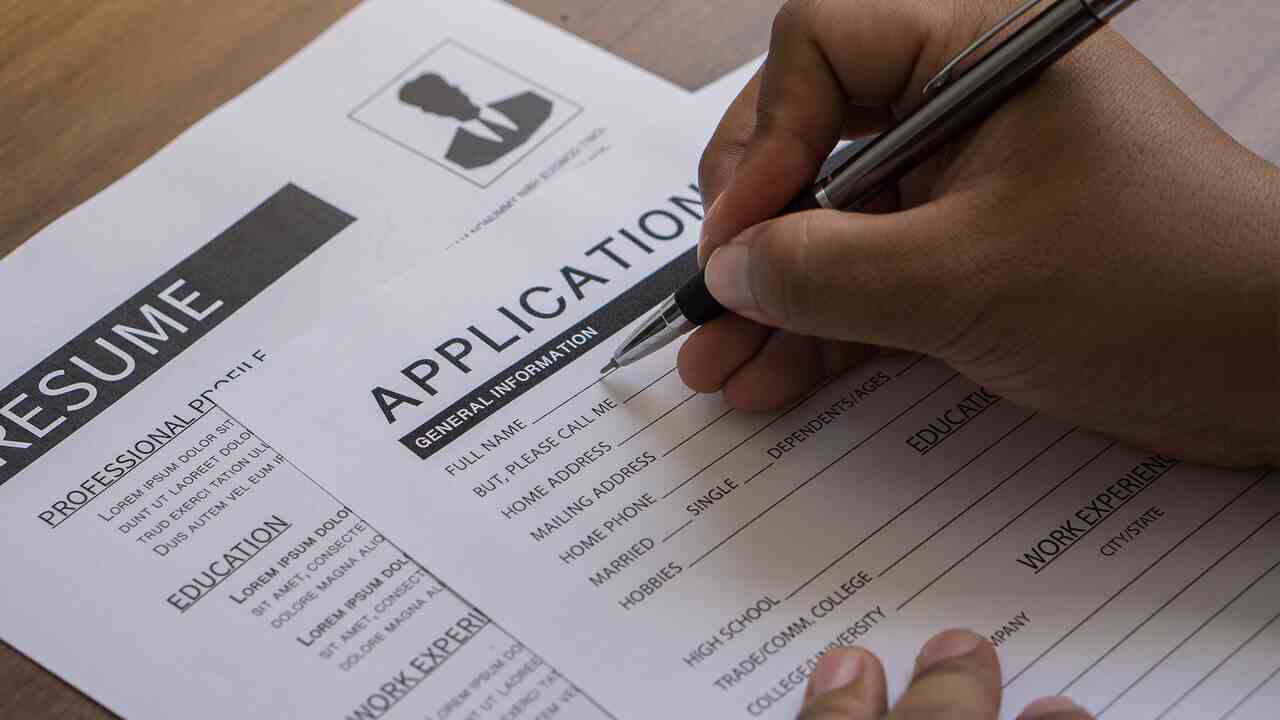You’ve sent out dozens of applications. Maybe even hundreds. And still—crickets. No emails. No calls. Just an inbox full of “Thanks for applying” auto-responses.
It’s not just you. The modern job search is competitive, messy, and a little soul-crushing. But before you blame the algorithm or convince yourself you’re doomed, let’s walk through the common mistakes that quietly kill your chances—before anyone even sees how great you are.
1. Your Resume Isn’t Matching the Job Description
Here’s a hard truth: most recruiters spend less than 10 seconds scanning your resume.
If your resume doesn’t reflect the key qualifications from the job post, it’s likely getting passed over.
Fix it:
Use keywords directly from the job description. If they say “project coordination,” don’t write “team scheduling and planning.” Match their language.
Tailor your resume for each job—even just a little. It shows effort, and it helps you pass through Applicant Tracking Systems (ATS) that scan for relevance.
2. Your Cover Letter Is Too Generic
Yes, some companies don’t require a cover letter. But when they do—and you either don’t include one or send a cookie-cutter version—it doesn’t do you any favors.
Fix it:
Write a short, tailored note that mentions the company by name and speaks directly to why you're excited about this role.
One or two specific details is all it takes. Show them you didn’t just copy-paste from another job.
3. You’re Applying to Roles That Don’t Quite Fit
It’s tempting to apply to every job that’s even remotely close to your field. But if you’re applying to roles that require 5+ years of experience and you just graduated last summer, you may be stretching too far.
Fix it:
Aim for roles where you meet at least 70–80% of the requirements. If you're missing one or two things, that’s okay—just be sure to address it honestly in your materials.
Also, make sure the roles align with your actual skills and trajectory. “Maybe I can learn it later” isn’t a compelling argument to most recruiters.
4. You’re Not Following Instructions
Sometimes the problem isn’t what you did—it’s what you didn’t do.
If the job post asks for a specific file format (PDF only), a subject line, or to answer a short question… and you skip it? That’s an instant rejection.
Fix it:
Slow down and double-check the instructions. It’s not just a test of attention to detail—it shows you respect their process.
Bonus: If they ask for something like a portfolio link or a writing sample, make sure it works and it’s relevant.
5. Your LinkedIn Doesn’t Match Your Resume
Yes, recruiters will check your LinkedIn. And if your profile looks bare, outdated, or totally different from your resume? Red flag.
Fix it:
Make sure your job titles, timelines, and summary are aligned. Add a photo (a real one—no selfies in sunglasses) and use the “About” section to show your personality.
Also, turn on “Open to Work” if you’re actively searching. It helps your profile get found.
6. You’re Applying Through the Wrong Channels
If you’re only applying through big job boards like Indeed or LinkedIn Easy Apply, you’re likely one of hundreds. Sometimes thousands.
Fix it:
Try going direct. Apply on the company’s own careers page. Better yet, email the hiring manager or a team lead with a short, friendly intro and a link to your resume.
Networking still works—even if it’s just a DM or a comment on LinkedIn. Human connections often beat cold applications.
7. You Haven’t Optimized for Applicant Tracking Systems (ATS)
Many companies use software to scan resumes before a human even looks. If your formatting is too complex—or missing keywords—you might be invisible to the system.
Fix it:
Use a clean layout with standard headings like “Experience,” “Skills,” and “Education.” Avoid columns, text boxes, or unusual fonts.
Use keywords from the job post naturally throughout your resume. If they mention “data analysis,” make sure that exact phrase shows up in your bullet points.
8. Your Email Address or File Name Looks Unprofessional
It’s a tiny thing, but it matters. If your resume is saved as resume-new-draft-final-FIXED2.docx or your email is [email protected], it gives the wrong impression.
Fix it:
Save your file as something simple and clean like FirstName_LastName_Resume.pdf.
Use a professional email—preferably some version of your full name.
These little details help you come across as put-together, not chaotic.
9. You’re Not Following Up
If you’ve had an interview—or even just a conversation—with someone and didn’t follow up? That might be why you never heard back.
Fix it:
Send a thank-you email within 24 hours of your interview. If you haven’t heard anything in a week or two, it’s okay to send a polite check-in.
Keep it short, upbeat, and respectful. No guilt-tripping.
10. You Gave Up Too Early
Here’s a truth most people won’t tell you: sometimes it takes dozens of applications before you get a bite. Not because you’re not qualified, but because the process is random and competitive.
Fix it:
Keep going—but adjust as you go. Track where you’re applying. Take note of what’s getting responses. And if something feels off, tweak it.
You might just need better targeting, cleaner materials, or a little more time.



